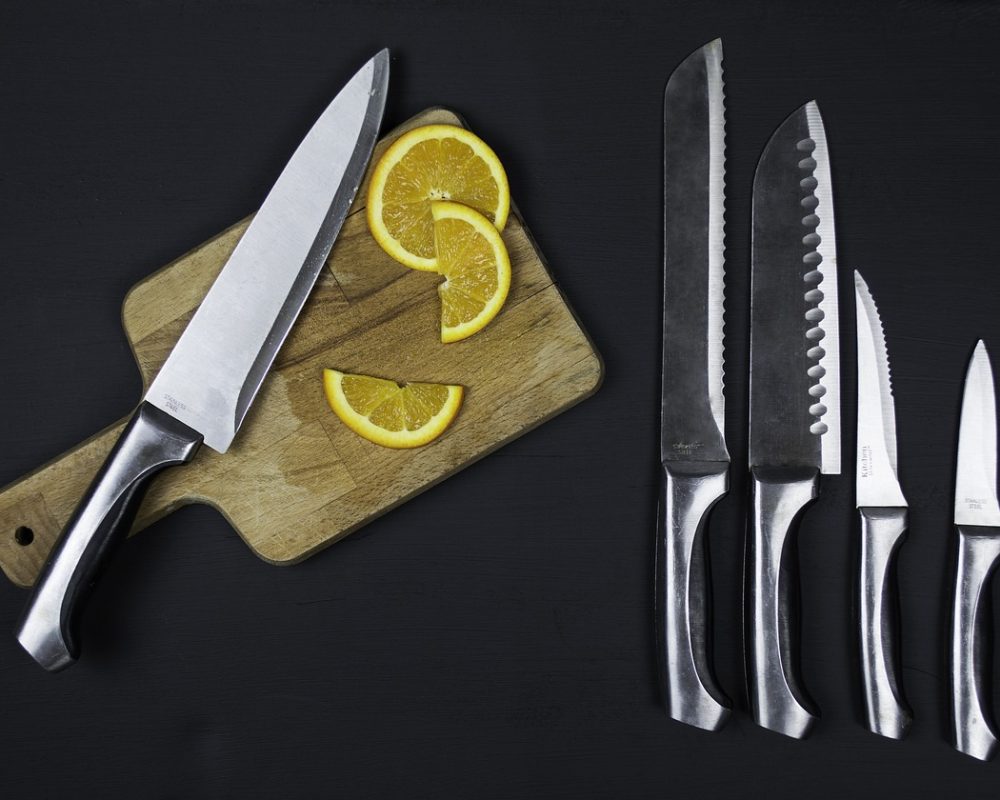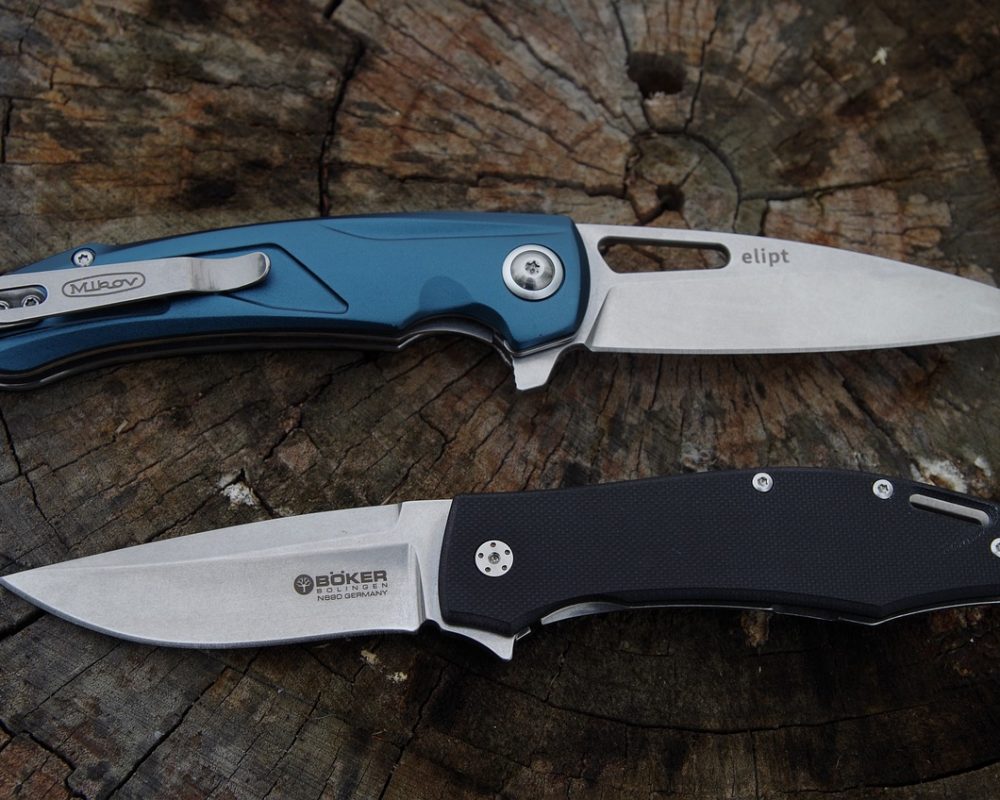Kitchen knives are the backbone of culinary tasks, and whether you’re a home cook or a professional chef, having a good selection of knives can dramatically improve your cooking experience.
A chef’s knife is a multi-purpose tool, ideal for chopping, slicing, and dicing a wide range of foods. Originating in Western kitchens, this knife is known for its distinct shape—a curved blade that allows for rocking motions. The Chef Knife is made of polished stainless steel that can stand the test of time kokkekniv.

Chef knives typically have blades between 8 and 10 inches long, though shorter and longer versions are available. They are made from different materials, including stainless steel, high-carbon steel, and Damascus steel. Learn more detail about kjøkkenkniv.
A chef knife should feel balanced and comfortable in your hand. Handle materials vary, with options such as wood, plastic, and composite materials. Some prefer the classic wood handles for their warmth, while others opt for synthetic handles that resist moisture and provide a secure grip.

The Santoku knife, originally from Japan, has gained popularity globally for its precise cuts and versatility, often compared to the Western chef’s knife.
Santoku knives are shorter, generally around 5 to 7 inches long, and have a straighter edge with a slight curve at the tip. They feature a “granton edge,” with small indentations along the blade, which reduce friction and prevent food from sticking.

For those who frequently work with meat, a boning knife is invaluable. This knife has a narrow, flexible blade, typically 5 to 6 inches long, designed to remove bones from meat and fish with precision.
Its flexibility allows you to maneuver close to the bone, making it an indispensable tool for butchery tasks.
The cleaver, with its large, rectangular blade, is often seen as a specialty knife, but it can be incredibly useful for specific tasks.
When selecting kitchen knives, consider the types of tasks you perform most often. For most home kitchens, a chef’s knife, paring knife, and serrated knife form a solid foundation. If you work frequently with meat or fish, adding a boning knife can be beneficial.
All knives, even high-quality ones, need sharpening. A sharpening stone or honing rod is ideal for maintaining your knife’s edge. Aim to hone your knife every few uses and sharpen it periodically based on use.
Chef knives and other kitchen knives are essential tools that can elevate your cooking experience and help you work with precision and ease. Each knife serves a distinct purpose, and a well-rounded kitchen typically includes a mix of versatile knives like the chef knife and specialized knives like the boning or serrated knife.
Remember that investing in quality knives, coupled with proper care, will ensure these tools serve you well for years to come.
